
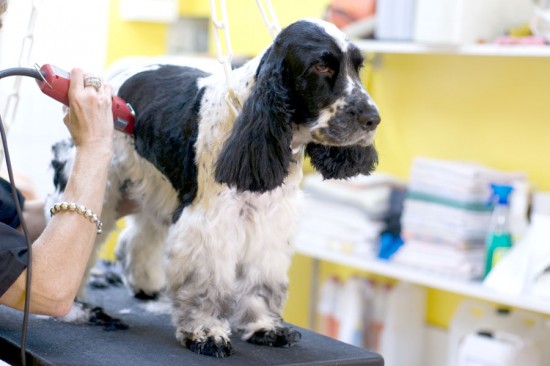
If your dog is of a particular breed or type, very shaggy or just a mucky pup, it's probably crossed your mind that you might want to have him professionally groomed or clipped.
If your dog's breed standard calls for a particular style of coat, or the dog is long haired or has very thick fur, you will probably have to pay special attention to their grooming.
It's not just poodles and bichon frise dogs that can benefit from professional grooming- lots of other pedigree breeds and mixes, as well as working dogs and pets have regular appointments with a canine coiffeur too.
Some dogs need their coats tended to every day- If your dog has an undercoat, brushing alone is not sufficient to keep them in good condition, as brushing only reaches the surface layers of hair growth. You should be able to comb your dog right down to the skin, to avoid the fur matting or becoming unkempt.
Dogs also benefit from regular bathing to remove muck and dirt and to keep them smelling fresh- this is easier with some dogs than others, and dog groomers have all of the necessary equipment to bathe and clean your dog with the minimum amount of mess and fuss.
The best way to find a groomer for your dog of any type is by word of mouth recommendation. Most areas of the UK are well served by dog grooming services and there are usually several establishments to choose from.
Some groomers will expect you to drop off and pick up your dog from their premises; some provide a collection and drop off service. In some areas there are even mobile grooming parlours, which can clip and groom your dog from their specially fitted van for added convenience.
Ring around some of the groomers in your local area, and find out what provisions and facilities they have, and also check if they are competent and willing to groom your specific dog. Some groomers specialise in certain breeds and types, so finding one that is well versed in the care of your particular pet and experienced in their presentation is a good starting point.
There are various qualifications and professional registrations available to dog groomers and canine clippers, although there is no mandatory certification process for groomers in the UK. Lots of very competent and experienced groomers do not hold any professional qualifications, which is where word of mouth recommendations really come in handy. One thing to make sure of, however, is that the grooming parlour you choose is fully insured and has the appropriate level of cover to protect themselves and your pet while on their premises.
When you take your dog to the groomer for the first time, it's important to have a clear idea in your mind of what you want the groomer to achieve. Do you just want the dog to be returned to you clean and slightly trimmed, or do you want their coat clipped down to keep them cool in summer? Do you want the dog to conform to a particular breed standard, or come back to you with a specific type of cut?
It can help to take a picture of a dog similar to your own which has the kind of look that you want to achieve. Your groomer should check your dog over and assess the condition of their coat and skin, and give you a realistic idea of whether or not that particular look will be possible for your dog before starting.
Ask to see the facilities and where your dog will be kept between drop off and pick up. Do not leave your dog with a groomer who will not show you their facilities.
You will generally be expected to leave the dog with the groomer, and not stay while he is being bathed and clipped or trimmed. This is normal procedure, as it is very distracting for both the pet and the groomer to have the owner in the room while grooming is underway, and most groomers will not be keen for you to stay. The exception to this is sometimes with very old dogs or dogs with health problems, when the groomer has concerns over how they will handle the bathing and trimming or clipping process. They may require you to stay in order to monitor your dog's reactions and how they are coping.
Your groomer will ask you about your dog's temperament, and any health issues or skin conditions. It is important to answer honestly- if your dog can be snappy, the groomer will possibly need to muzzle them and take extra care with their restraint in order to avoid injury to either themselves or the dog.
Groomers generally have a selection of different shampoos available for bathing your dog, such as flea shampoo, a shampoo to bring out the colour of the coat, and a shampoo for sensitive skin. If you wish them to use a particular shampoo on your dog, let them know first. Some owners like to bring their own choice of shampoo to the groomer, particularly if the dog has a skin condition or sensitivity issue.
You can also ask your groomer to clip the dog's claws, clean their ears and express the anal glands if necessary.
How long the procedure takes from start to finish depends greatly on the size of the dog, the condition of the coat and the technicality of the procedure. A show poodle will take significantly longer to trim and present than a working dog having their coat clipped, for instance.
As a general rule, two hours is a reasonable amount of time to groom most dogs from start to finish, but anything up to four hours for larger dogs and specialist treatments is not unusual.
Your groomer will tell you what time to come and pick your dog up and you should try not to be late, as they will have other clients to tend to and your dog will not welcome being tied up or caged for prolonged periods of time.
When you come to collect your dog, the groomer should mention anything of note which they found while bathing and grooming, such as any skin problems, lumps and bumps or fleas.
How often you should get your dog groomed depends greatly on the breed, their condition and activity levels- as often as every six weeks is necessary for some dogs, while once or twice a year is fine for others.
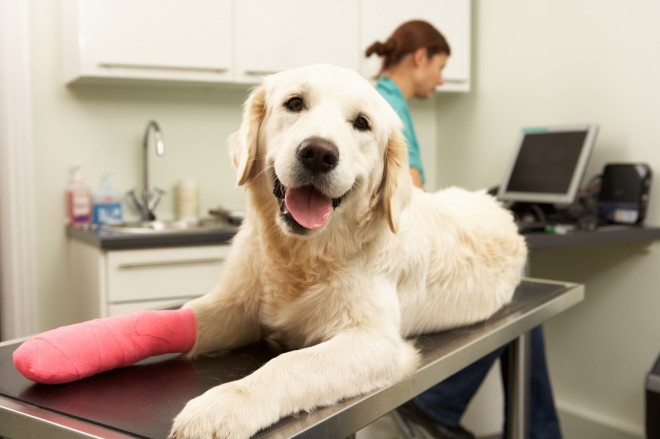 Stitches, Staples And Sutures… Different Forms Of Wound Closures For Dogs
Stitches, Staples And Sutures… Different Forms Of Wound Closures For Dogs
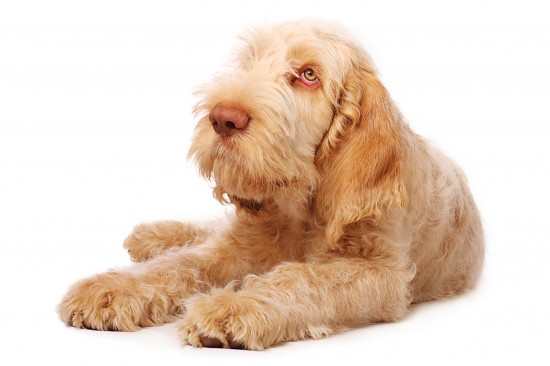 Italian Spinone Hereditary Health And Longevity
Italian Spinone Hereditary Health And Longevity
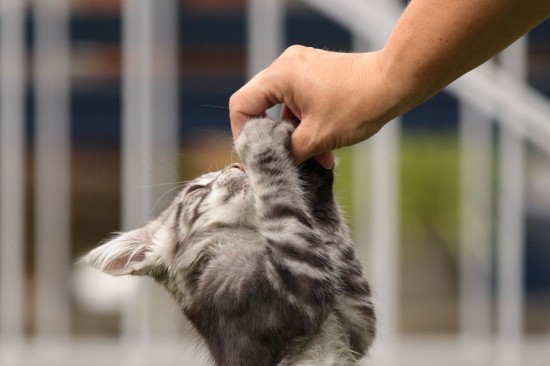 Cat Aggression Towards Owners And Other People
Cat Aggression Towards Owners And Other People
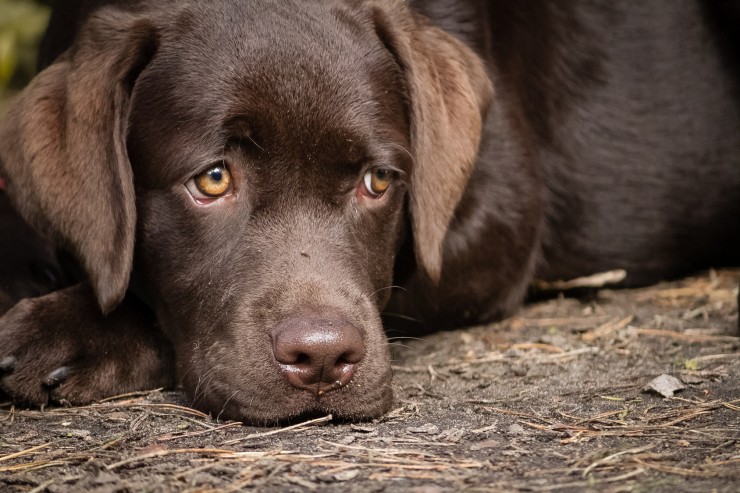 How To Tell When The Right Decision For Your Dog Is Rehoming
How To Tell When The Right Decision For Your Dog Is Rehoming
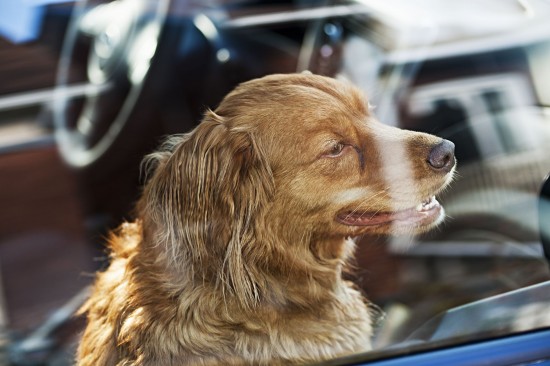 What You Should Do When You See A Dog Or Other Pet In A Hot Car
What You Should Do When You See A Dog Or Other Pet In A Hot Car
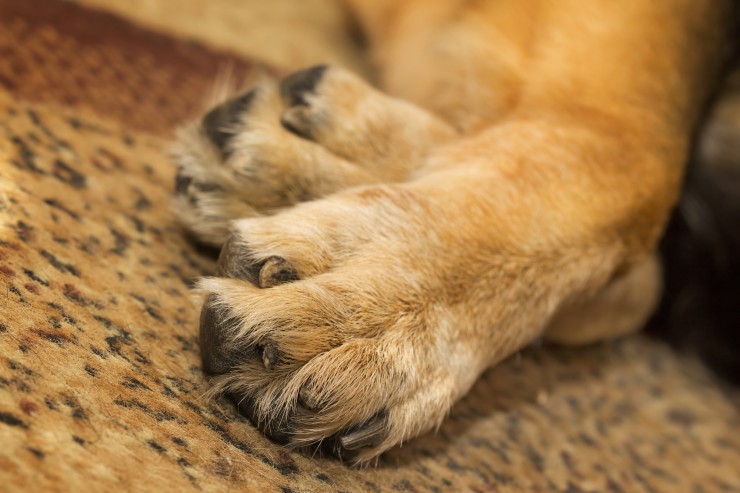 What Is Carpal Hyperextension In Dogs?
What Is Carpal Hyperextension In Dogs?
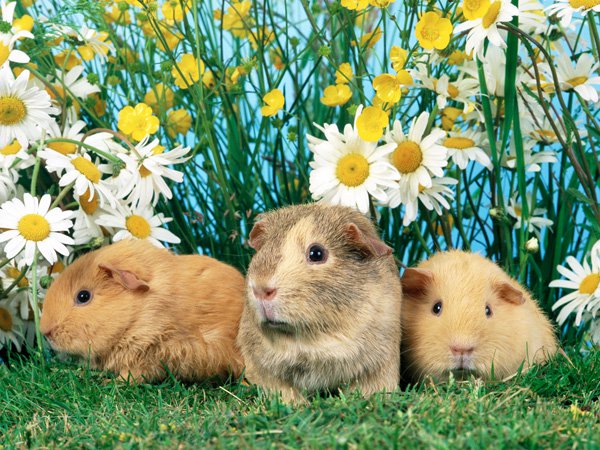 Regular Shih Tzu Grooming Prevents Health Problems For The Breed
Regular Shih Tzu Grooming Prevents Health Problems For The
Regular Shih Tzu Grooming Prevents Health Problems For The Breed
Regular Shih Tzu Grooming Prevents Health Problems For The
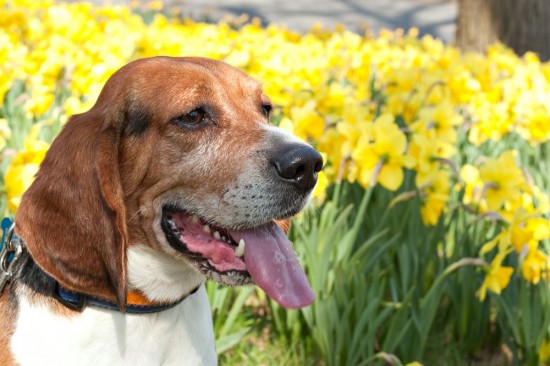 Spring A Lovely Time Of Year - But Beware Of Poisonous Plants
Spring A Lovely T
Spring A Lovely Time Of Year - But Beware Of Poisonous Plants
Spring A Lovely T
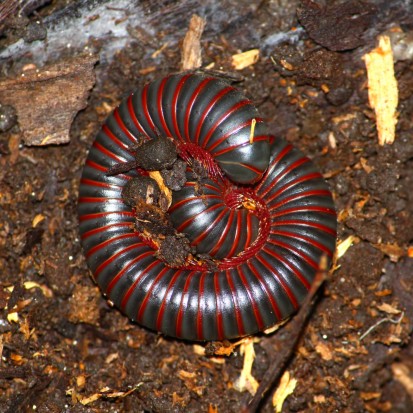 An Introduction To Giant Millipedes
An Introduction T
An Introduction To Giant Millipedes
An Introduction T
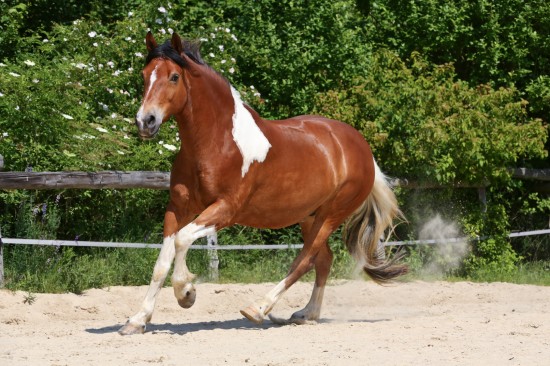 Should I Give My Horse Electrolytes?
Should I Give My
Should I Give My Horse Electrolytes?
Should I Give My
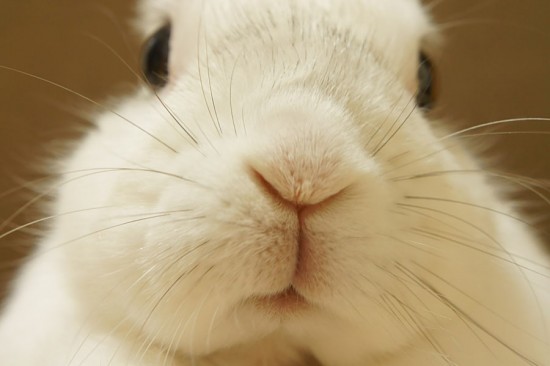 13 Essential Rabbit Facts
13 Essential Rabb
13 Essential Rabbit Facts
13 Essential Rabb
Copyright © 2005-2016 Pet Information All Rights Reserved
Contact us: www162date@outlook.com